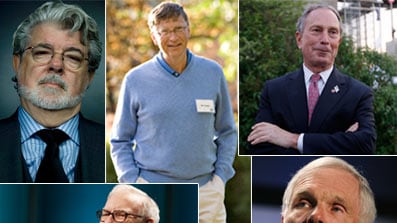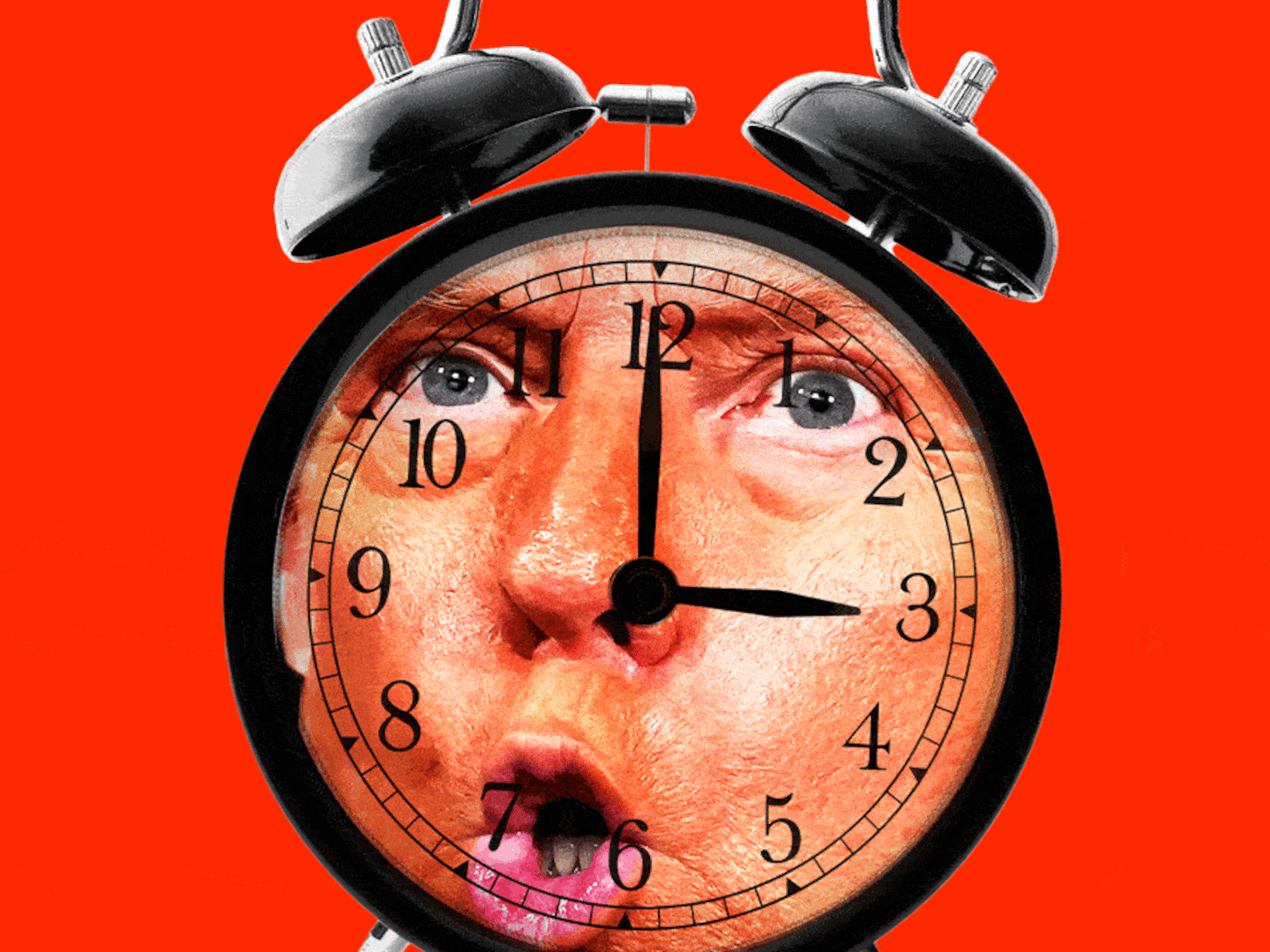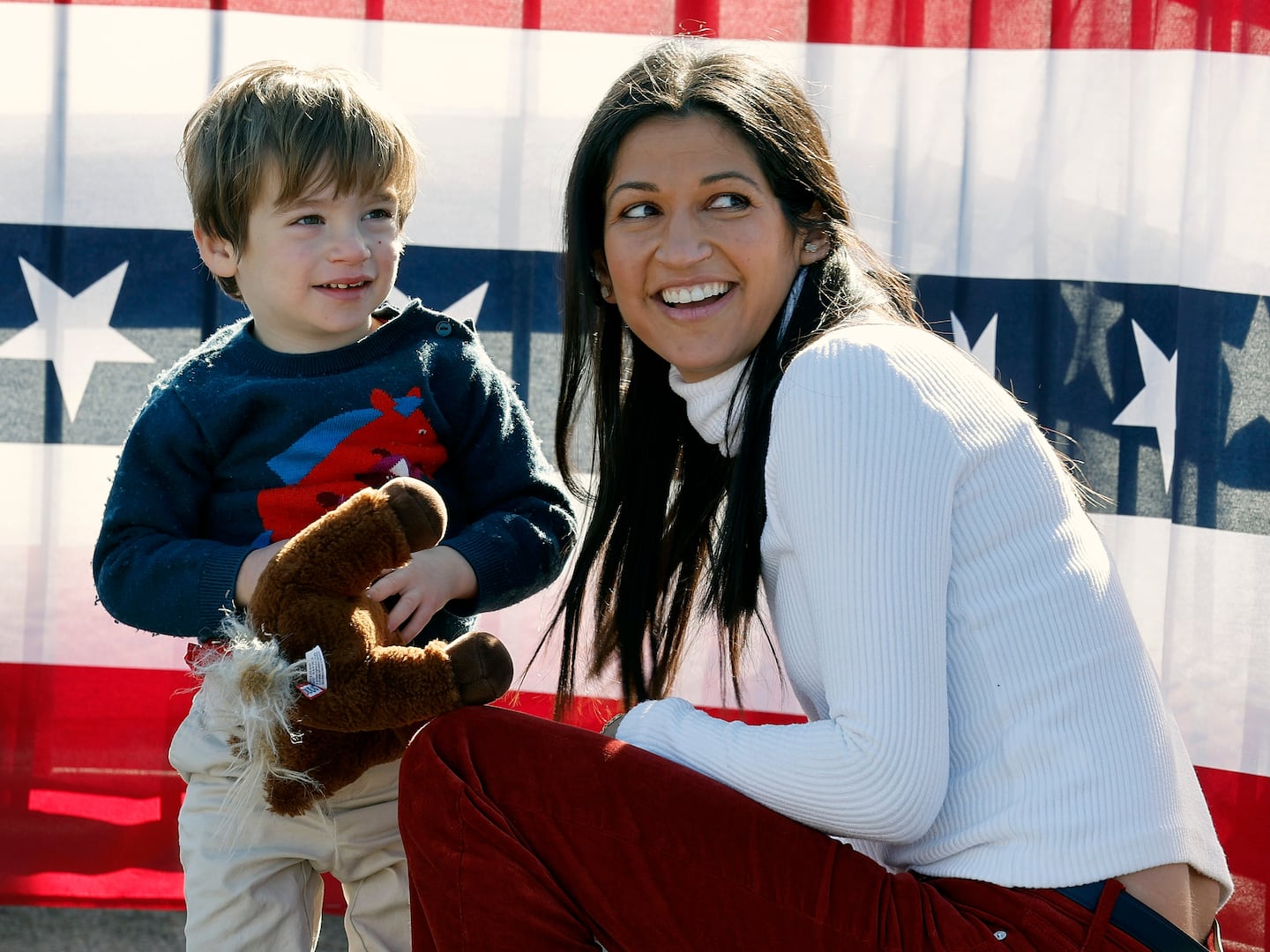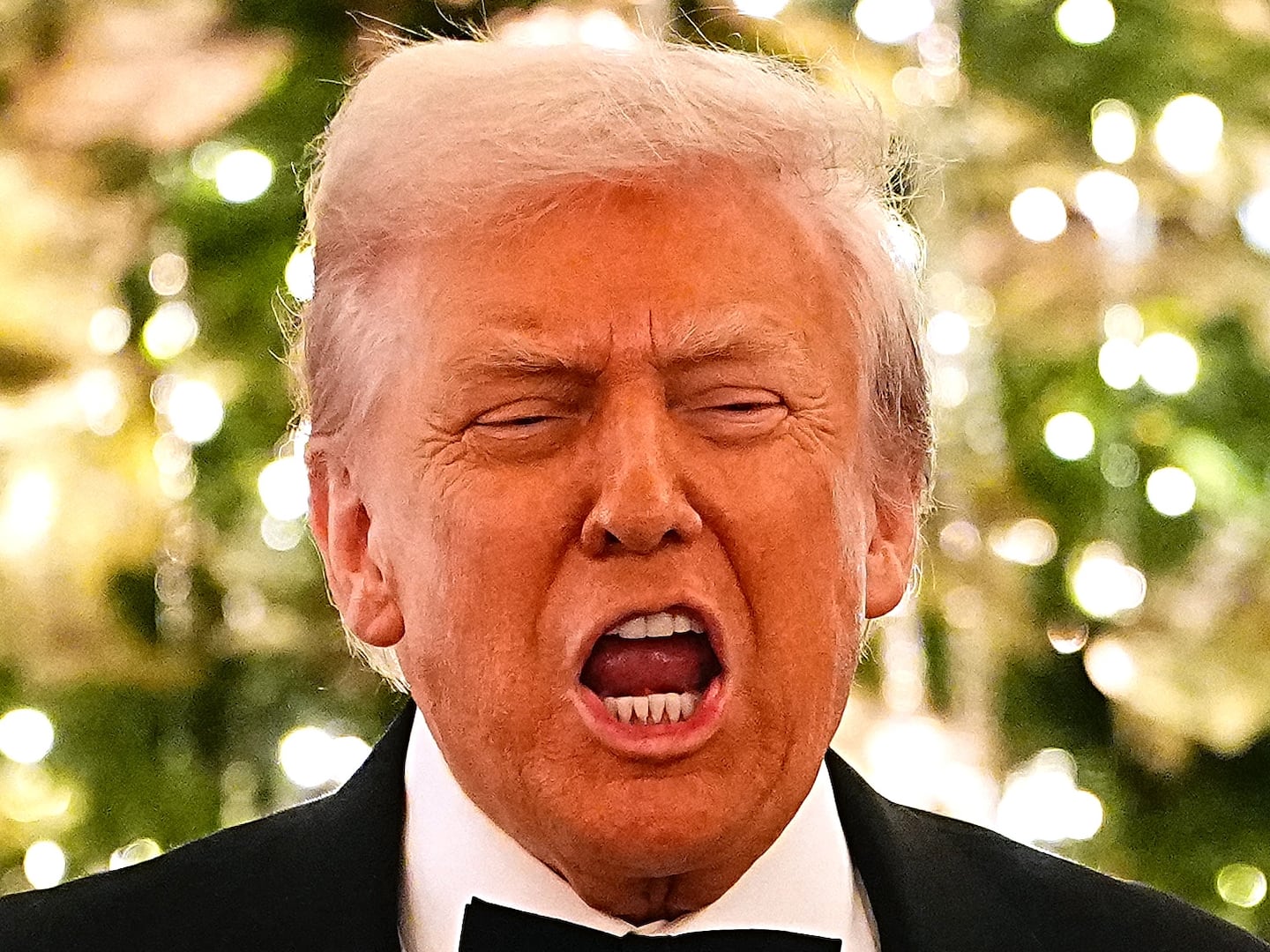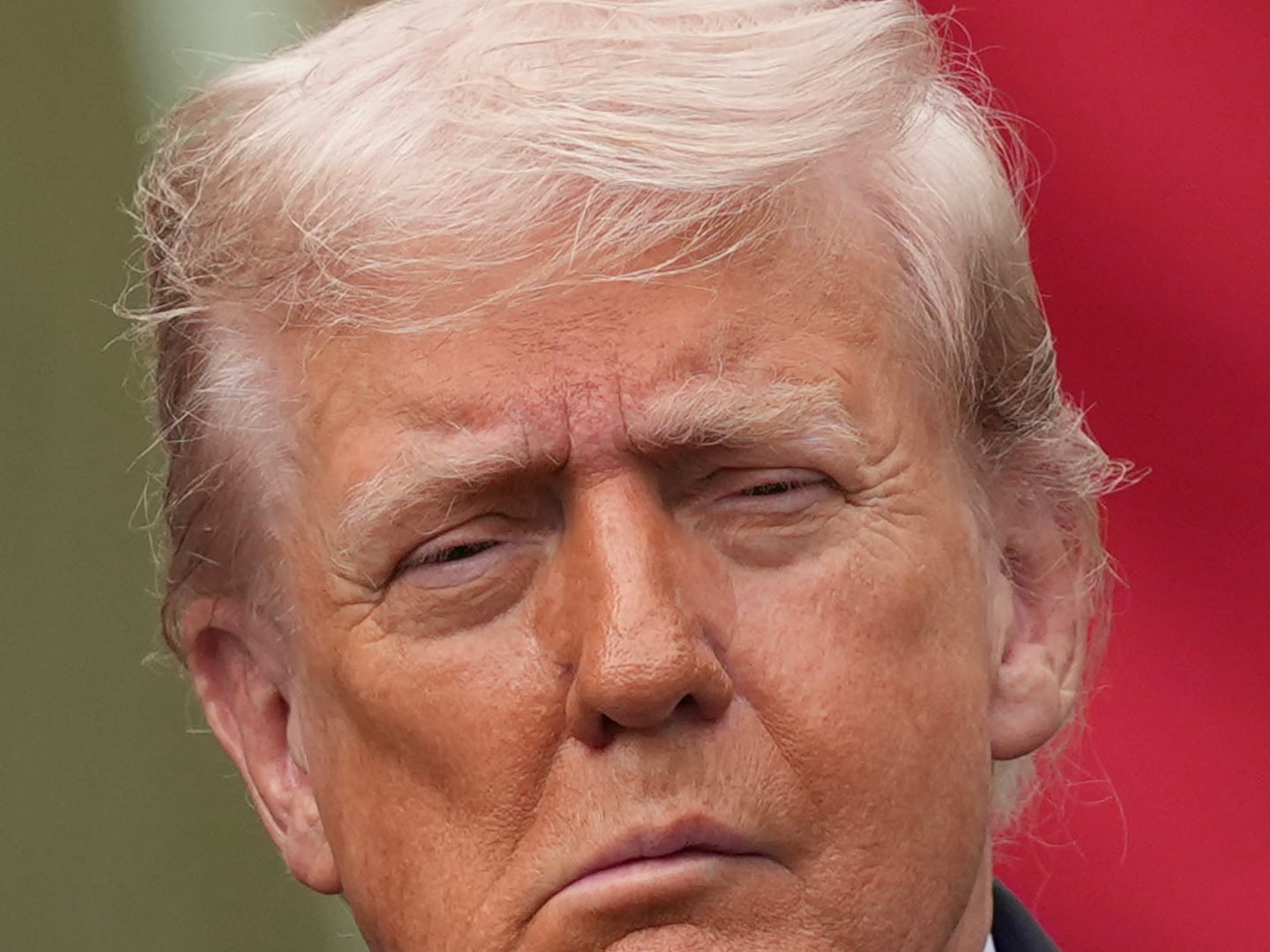The pledge by Warren Buffett, Bill and Melinda Gates, and other billionaires to give away large parts of their fortunes leaves a question: Where will the money go?
There's a new solicitor general in this country and his name is Warren Buffett. Who else can make a few calls, write a few letters, and rake in 40 billionaires and most of the vast fortunes they've spent their lives assiduously accumulating? With the help of Bill and Melinda Gates, Buffett's regal fundraising redefines the "top down" strategy that undergirds most of the big campaigns for universities, hospitals, and museums in this country. Yet their fast-growing Giving Pledge campaign, which announced yesterday that it has received commitments from 40 of the richest Americans, leaves two huge questions in the wake of the press releases and conference calls:
What's the money for? And what does it all mean for American philanthropy?
The first question is easy: anything and everything. The pledge itself is so loosely defined that its public endorsement by the boldface names of American commerce yields an unsurprisingly wide range of philanthropic priorities and operations, from the professionalism and scale of the Gates Foundation itself—and similarly well-respected foundations bearing the names of Hilton, Skoll, Broad, Allen, and Rockefeller—to murkier, iconoclastic commitments.
Oracle CEO Larry Ellison's terse statement was illustrative of a more personal, individualistic, and private form of philanthropy: "I have long believed that charitable giving is a personal and private matter. So why am I going public now? Warren Buffett personally asked me to write this letter because he said I would be 'setting an example' and 'influencing others' to give. I hope he's right."
The Giving Pledge wealthy may well increase American philanthropy in the long run, and yield more funding for worthy causes, but many of the letters and pledges obtained at Warren Buffett's behest refer to charitable commitments already made. And some wonder, with merit, whether increased funding for a few causes held dear by a giving circle of the super-wealthy will actually carry real, measurable impact across the society at large.
This is no pledge to end hunger in our time, attain world peace, or cure cancer. The uniting factor in Giving Pledge is a commitment to abstain from dynastic wealth in the cause of philanthropy. Quite deliberately, there is no shared vision or common ideology here, and the definition of charity among the Giving Pledge club varies widely among the 40 members.
Click Image to View Our Gallery of Billionaires Who Pledged

• Benjamin Sarlin: Behind the Billionaire PactWhat sectors will gain the most? There are few clues on the Giving Pledge website: "The Pledge is a moral commitment to give, not a legal contract. It does not involve pooling money or supporting a particular set of causes or organizations." Yet previous patterns of giving among the top philanthropists offers a potential roadmap.
"It's hard to say what will benefit," said Gara LaMarche, CEO of the Atlantic Philanthropies, the largest foundation in history to commit to spending down its entire endowment. "To build a big tent, I think the movers of this have tried to be studiously agnostic about WHAT increased funds should go to. All we know about giving patterns suggests that increased giving will go to the places big donors currently favor, like higher education, medical research, and the arts."
A cursory look at the list of signatories suggests that those are indeed areas of interest.
Billionaire philanthropist Eli Broad, along with his wife Edythe, have given $600 million to The Broad Institute of MIT and Harvard, which works in the field of genetics to discover the molecular causes of disease.
The couple has also donated tens of millions of dollars to stem-cell research in addition to more than $100 million toward education. They are also big supporters of the arts, particularly in Los Angeles.
T. Boone Pickens, for his part, has donated $500 million to Oklahoma State University, of which $265 million was earmarked for OSU athletics. "You cannot overstate his importance to Oklahoma State," said Kevin Klintworth, the associate athletic director at Oklahoma State University. "His donations to academics and athletics have changed the realities of the school."
Sanford Weill has also been a big donor to his alma mater, in his case, Cornell University. He and his wife endowed its medical school with $200 million in 1998, when it was renamed Weill Medical College of Cornell University. In 2007, he donated an additional $250 million to the Medical College.
In many ways, Atlantic founder Charles "Chuck" Feeney, co-founder of the luxury retailing giant Duty Free Shoppers, is a founding father of the Giving Pledge philosophy. Feeney famously gave nearly all of his money to the Atlantic Philanthropies in 1984 and set a deadline of 2020 to spend down the entire fund. Feeney, who told his story in The Billionaire Who Wasn't, hasn't signed the pledge, said LaMarche, because he's already given away his fortune. But Atlantic is working to support the movement embodied in the Buffett-Gates challenge: It has published a guide called " Giving While Living" that encourages people at all levels of wealth to give actively.
And that may be the real benefit of the Giving Pledge story. As Buffett argued on yesterday's conference call, his coalition will be a success if it encourages Americans at all levels to give more.
"Big announcements make the news, but it is the giving of everyday individuals that really drives philanthropy," agreed philanthropy blogger Sean Stannard-Stockton, CEO of Tactical Philanthropy Advisors, a philanthropy advisory firm that serves individual and family philanthropists. Sean has argued for the last four years or so that we're living through the "second great age of American philanthropy," the first being the Carnegie era. He's not alone in believing that big commitments like those made by Gates, Buffett, and their wealthiest friends can help to move the needle of overall giving.
And that needle has been stuck at roughly 2 percent of gross domestic product since measurement of Americans' philanthropic commitment began. This is the most philanthropic nation on earth but, in good times or in bad, we give away roughly the same amount of what we earn. Large as the Giving Pledge commitment may seem, it won't really change that basic flat line, for a couple of reasons. For one, much of the money among the 40 billionaires has already been donated or pledged. For another, it's not billionaires who provide the lion's share of the roughly $300 billion Americans give away—it's the rest of us.
In a prescient Change.org post a month ago, iContact founder and social entrepreneur Ryan Allis broke down the numbers rather neatly:
The total net worth of the Forbes 400 in 2009 was $1.27 trillion. If Gates and Buffett convince 20 percent of these billionaires to give half of their net worth away, they'd be able to drive another $120 billion into philanthropy, doubling the amount they themselves can personally give away. So let's say the Giving Pledge is successful and it generates another $120 billion in giving over the next 20 years, or about $6 billion per year for the next 20 years. While an additional $6 billion per year can certainly make an impact, this amount pales in comparison to the $3.8 trillion proposed spending in the U.S. federal budget for 2011. It also pales in comparison to the $303 billion in total annual private giving by U.S. citizens.
The real question for philanthropic analysts is how to move the number from 2 percent of GDP to, say, 3 or 4 percent. "Moving the needle on individual donors is what it's all about," says Stannard-Stockton. "Can we change the cultural expectations around philanthropy?"
But what those organizations and causes turn out to be matters. Especially in terms of domestic giving, where the wealthy put their philanthropic resources institutionalizes social causes—or strangles them. And therein lies the main criticism of the Giving Pledge movement—that it validates and supports the viewpoints of its donors.
"Perhaps the most troubling issues posed by the Gates-Buffett crusade is its potential to intensify the inequities that exist both in the nonprofit world and in the rest of society." wrote Pablo Eisenberg, senior fellow at Georgetown's Public Policy Institute, in a recent Chronicle of Philanthropy column. "Foundations, corporations, and other forms of institutional philanthropy tend to favor the nation's most-privileged citizens and neglect the neediest people and organizations."
Tom Watson is the author of CauseWired: Plugging In, Getting Involved, Changing the World (Wiley, 2008) and managing partner of CauseWired Communications LLC, a consulting firm that works with nonprofits and causes.

